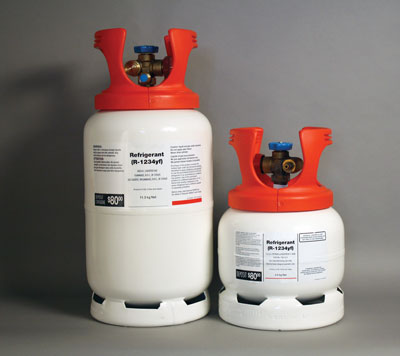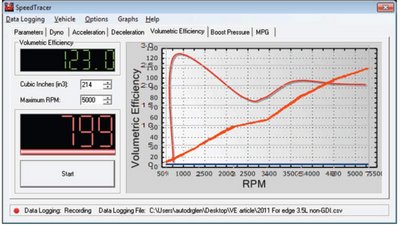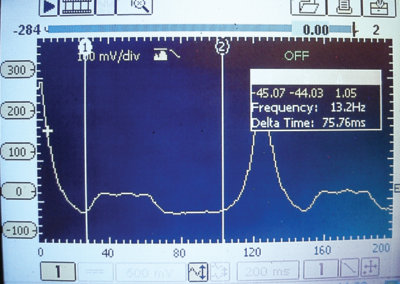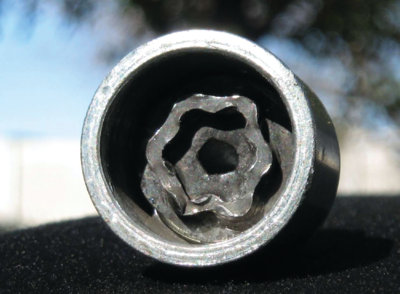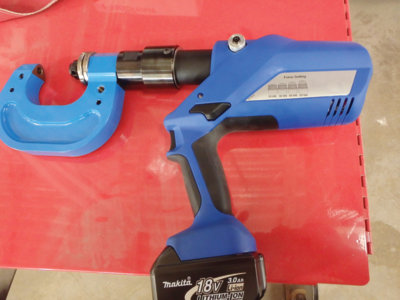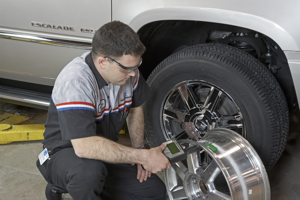Poor Maintenance Can Shorten Battery Life Expectancy
Two schools of thought currently prevail concerning battery replacements. The first believes that modern batteries last longer than ever before and should be replaced only when they fail a conductance or an amperage load test. The second believes that the failure rates of batteries accelerate after three or four years of use and should be replaced at regular intervals as preventive maintenance. Which school of thought is correct? Well, let’s look at some technical aspects of battery service that may help you recommend when a battery should be replaced.
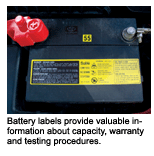 [ THE MAP STANDARDS ]
[ THE MAP STANDARDS ]
The Motorist Assurance Program (MAP) is an outreach effort of the Automotive Maintenance and Repair Association that provides service and replacement guidelines for most types of automotive repairs. As one might suspect, MAP standards for battery replacement require both visual inspections and scientific testing procedures to provide empirical data that describes the condition of the battery.
Practically all automotive starter batteries are now rated by two methods: cranking amperes (CA) and cold-cranking amperes (CCA).
Because a battery’s cranking amperage rapidly declines in cold weather, understanding the difference between CA and CCA ratings is critical to MAP standards.
According to MAP, CA is the number of amperes a new, fully charged battery can deliver for 30 seconds at a core temperature of 32° F while maintaining at least 1.2 volts per cell or 7.2 volts for a 12-volt battery. The CA specification is generally used in warmer climates.
CCA, on the other hand, is rated at 0° F and is used in all areas, especially in cold climates where battery performance can decline as much as 40 percent on frosty winter mornings. According to MAP, a battery replacement is recommended if the CA or CCA doesn’t meet the standards listed for the battery and/or the cranking requirements of the vehicle in which it’s installed.
In addition, MAP standards provide guidelines on recommendations for frozen batteries, failure to accept and hold a charge, low electrolyte level, out-of-performance specifications for batteries, out-of-performance specifications for battery applications, and the condition of posts or terminals. For more information concerning MAP standards, consult your repair information system or visit the MAP website at www.motorist.org.
[ VISUAL INSPECTIONS ]
A visual inspection provides many clues about the battery’s age and condition. First, the label will usually include the date the battery was placed in service, the battery type or part number, the CA and CCA ratings, and perhaps the battery’s load-testing specifications. If the label is missing or illegible, the battery CCA rating listed in either the vehicle owner’s manual or in a shop’s repair information system should be used for testing purposes.
Excessive battery gassing is indicated by abnormal terminal corrosion and acid accumulation on the top of the battery case. In most cases, quality import batteries seldom experience a gassing or boil-over problem unless the alternator’s charging rate is too high. On the other hand, some discount-store batteries may exhibit excessive gassing simply due to inferior materials and substandard battery designs.
If the battery has removable cell caps, remove the caps to check the electrolyte level in the battery. Obviously, if the electrolyte level is too high, warm electrolyte will vent onto the battery surface. If the electrolyte is below the battery plates, the battery has possibly experienced excessive charging voltages or has a leak in the case. In most instances of low electrolyte levels, the battery should be replaced because the plates themselves might be damaged after exposure to air.
Next, always check the battery posts to make sure that they fit tightly into the case. If the posts are loose, internal mechanical damage can occur if the cables or posts are twisted. In addition, loose posts may leak electrolyte and promote rapid terminal corrosion.
Last, make sure the battery is secured tightly in its carrier. Loose or missing battery hold-downs and rusted-out battery carriers can significantly shorten battery life by allowing road vibration to accelerate the normal erosion of the battery plates. While the above conditions alone don’t form the basis for a battery replacement recommendation, they do indicate that poor battery maintenance might have shortened anticipated battery life.
[ BATTERY WARRANTIES ]
Some battery labels indicate the length of the battery warranty. Most battery warranties also specify a free replacement period, after which the battery warranty is pro-rated monthly through the end of the warranty period. Obviously, some warranties are more liberal than others, either for qualitative or marketing reasons.
In general, the higher a battery’s CCA rating, the longer its warranty. In most cases, however, the length of the warranty has little to do with the actual life expectancy of the battery. To illustrate, life expectancy can be drastically shortened by the extremes of hot or cold driving climates, high or low alternator charging rates, and short-trip driving. In addition, unusual road vibration may tend to shorten battery life.
In other cases, such as batteries that are installed in antique vehicles, the battery may experience plate sulfation and be damaged by subsequent fast recharging. Batteries used in short-trip vehicles seldom become fully charged, so the battery’s CCA capacity is eventually diminished by plate sulfation.
In any case, the battery warranty reflects only the anticipated, rather than the actual, life expectancy of the battery and should not be used as the sole basis of a battery replacement recommendation. Instead, a replacement might be suggested if the battery failure rates in your geographic area statistically accelerate after three, four or five years of normal use.
[ BATTERY TESTING ]
At the outset, no battery test is currently available that will predict the life expectancy or future reliability of the battery. Like any electrical test, the conventional conductance or variable load tests will indicate only the condition of the battery under a specific set of circumstances.
Conventional variable-load testing of batteries is done by using an adjustable carbon pile to draw amperage from the battery that’s equivalent to one-half of the CCA rating for the battery for a period of 15 seconds. At the end of the load test, the battery terminal voltage should be the traditional 9.6 volts or, in some instances, 10.2 volts, which is more accurately based upon the minimum voltage required to operate modern vehicle electronics systems. To ensure testing accuracy, the battery should be fully charged and the core temperature should be 70° F or room temperature. Conductance testing is becoming popular because the conductance test doesn’t depend on the battery’s state of charge. Instead of measuring available amperage, the conductance test measures, in basic terms, the resistance of the battery plates. Of course, for the greatest testing accuracy, the battery should be at room temperature and have at least a partial charge.
[ ALTERNATOR TESTING ]
Any battery that has been operated for an extended time without being fully charged will lose CCA through battery plate sulfation. The most common cause of sulfation is the vehicle being parked for extended periods. The next most common cause is an alternator with a bad diode or a slipping drive belt.
Most battery testers have provisions to detect alternating current (AC) present in the vehicle’s electrical system. Generally speaking, AC voltage or “ripple” in excess of 250 millivolts will cause operational problems in vehicle electronics. More to the point, the single bad diode that’s causing excess AC ripple is also causing the alternator to perform at substandard voltage and amperage levels.
Slipping drive belts are most often detected by using an adjustable carbon pile load tester to load the alternator to its maximum charging capacity. If the drive belt slips or squeals, the alternator will fail the load test. In some cases, the alternator pulley should be replaced along with the drive belt if the pulley appears worn or has an excessively “polished” look.
If the battery is badly sulfated, it won’t pass a load test nor will it accept a normal 20- to 40-amp recharge rate. Sulfation can often be removed from a new battery by trickle-charging at 2 to 4 amperes for 24 to 48 hours. If the battery fails an amperage load test after extended trickle charging, it should be replaced.


